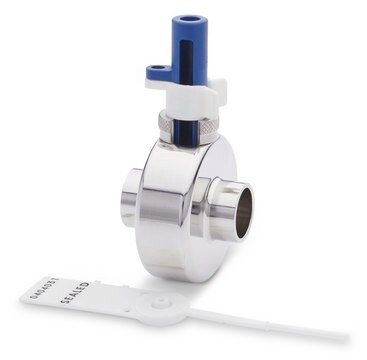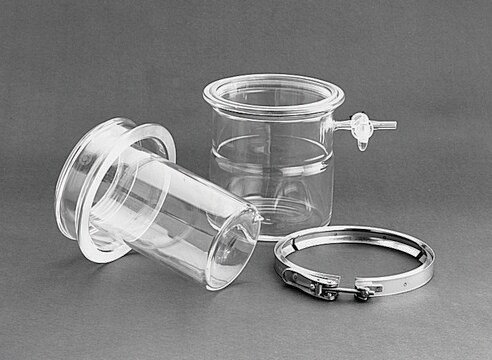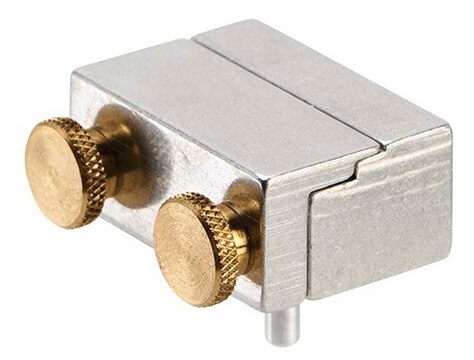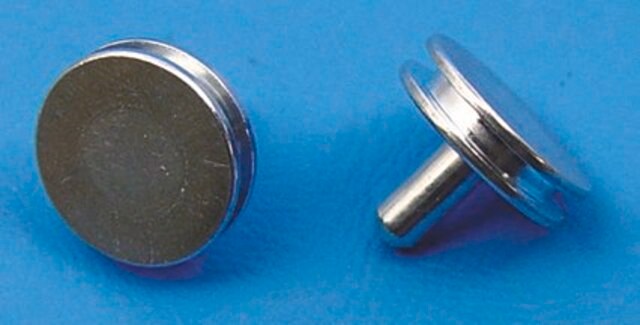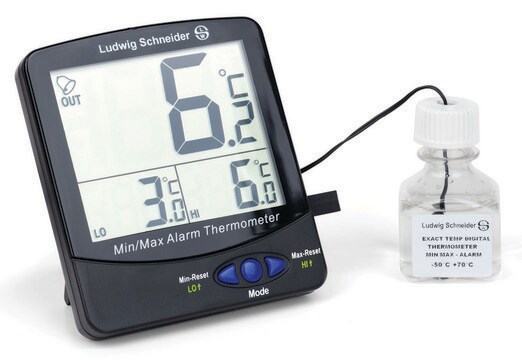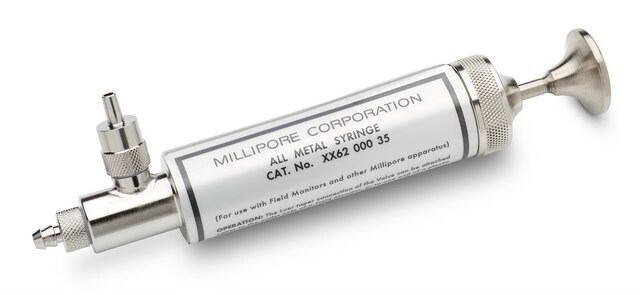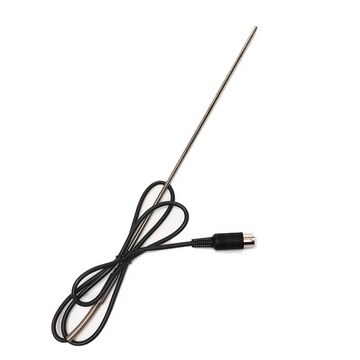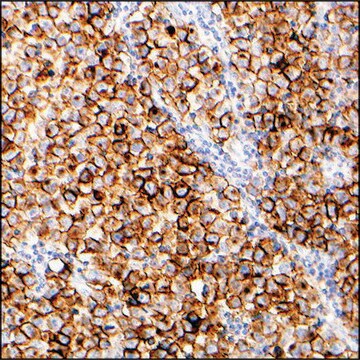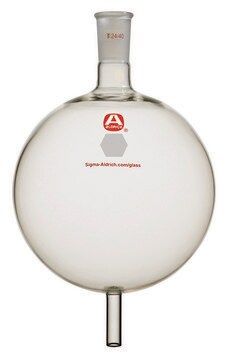AB5374
Anti-Potassium Channel Kir2.1 Antibody
Chemicon®, from rabbit
About This Item
Produtos recomendados
fonte biológica
rabbit
Nível de qualidade
forma do anticorpo
affinity purified immunoglobulin
tipo de produto de anticorpo
primary antibodies
clone
polyclonal
purificado por
affinity chromatography
reatividade de espécies
rat
fabricante/nome comercial
Chemicon®
técnica(s)
immunohistochemistry: suitable
western blot: suitable
nº de adesão NCBI
nº de adesão UniProt
Condições de expedição
wet ice
modificação pós-traducional do alvo
unmodified
Informações sobre genes
human ... KCNJ2(3759)
Categorias relacionadas
Especificidade
SPECIES REACTIVITIES: The immunogen sequence is identical in rabbit, bovine, porcine and guinea pig. It is highly conserved in rat and mouse (17/19 residues), chick (15/19 residues), and pigeon (14/18). Other species have not been tested.
Imunogênio
Aplicação
Neuroscience
Ion Channels & Transporters
Immunohistochemistry on rat heart sections.
Dilutions should be made using a carrier protein such as BSA (1-3%)
Optimal working dilutions must be determined by the end user.
forma física
Armazenamento e estabilidade
Nota de análise
CONTROL ANTIGEN: Included free of charge with the antibody is 20 μg of control antigen (lyophilized powder). The stock solution of the antigen can be made up using 100 μL of sterile deionized water. For negative control, preincubate 1 μg of peptide with 1 μg of antibody for one hour at room temperature. Optimal concentrations must be determined by the end user.
Outras notas
Informações legais
Exoneração de responsabilidade
Não está encontrando o produto certo?
Experimente o nosso Ferramenta de seleção de produtos.
Frases de perigo
Declarações de precaução
Classificações de perigo
Aquatic Chronic 3
Código de classe de armazenamento
11 - Combustible Solids
Classe de risco de água (WGK)
WGK 3
Certificados de análise (COA)
Busque Certificados de análise (COA) digitando o Número do Lote do produto. Os números de lote e remessa podem ser encontrados no rótulo de um produto após a palavra “Lot” ou “Batch”.
Já possui este produto?
Encontre a documentação dos produtos que você adquiriu recentemente na biblioteca de documentos.
Nossa equipe de cientistas tem experiência em todas as áreas de pesquisa, incluindo Life Sciences, ciência de materiais, síntese química, cromatografia, química analítica e muitas outras.
Entre em contato com a assistência técnica